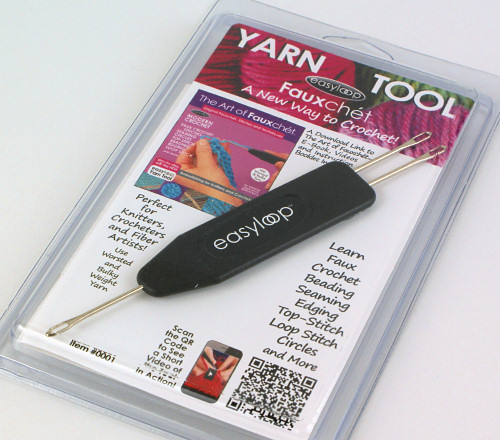
Now it’s November, I’m so excited to finally be able to launch my new Christmas patterns that I’ve been developing for the past few months: a perfectly-shaped Gingerbread Man and Girl! Chunky and flat, just like the edible version, my Gingerbread Family are crocheted amigurumi-style (in a continuous spiral) and are almost seamless, so you have minimal […]






















